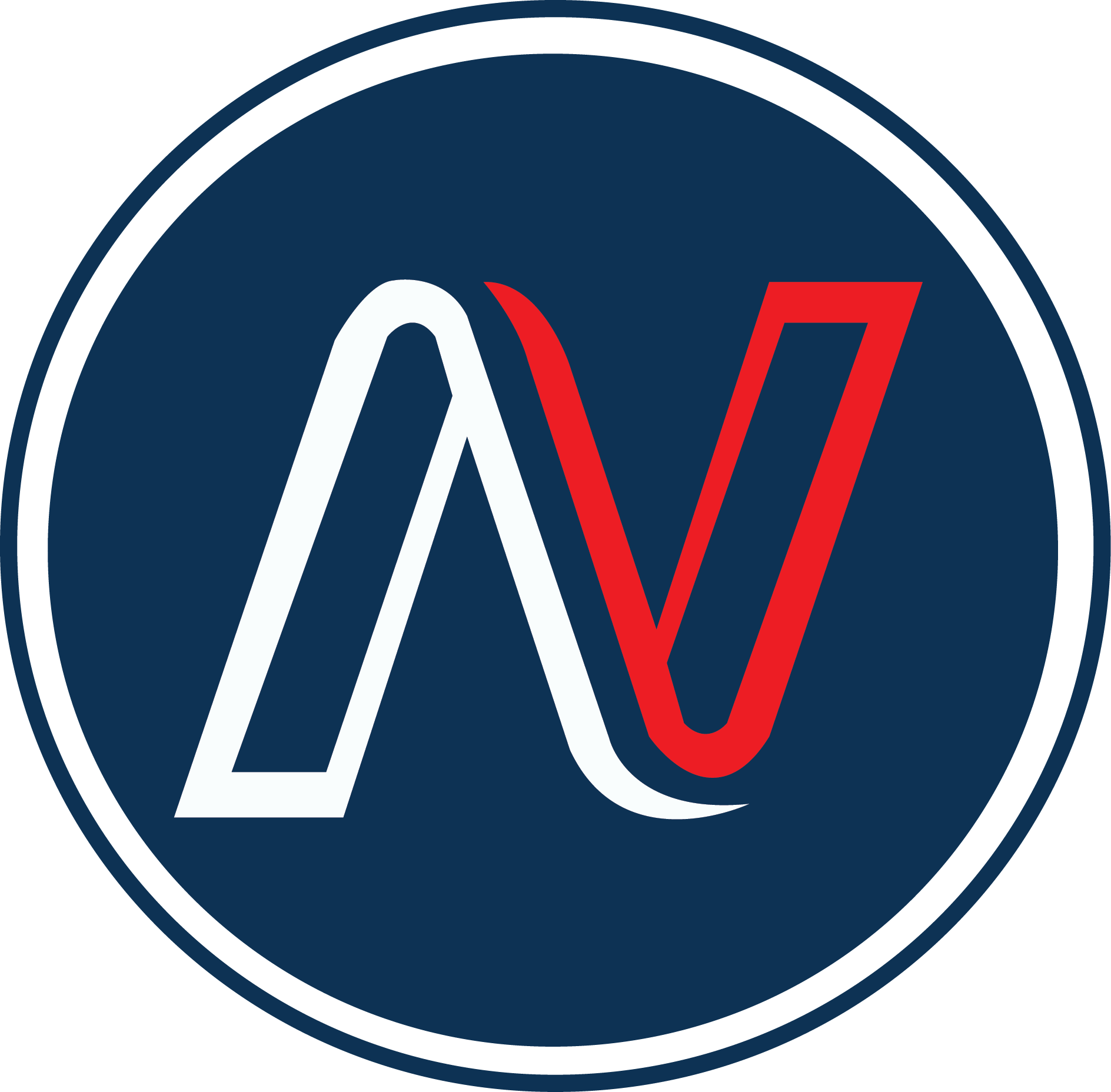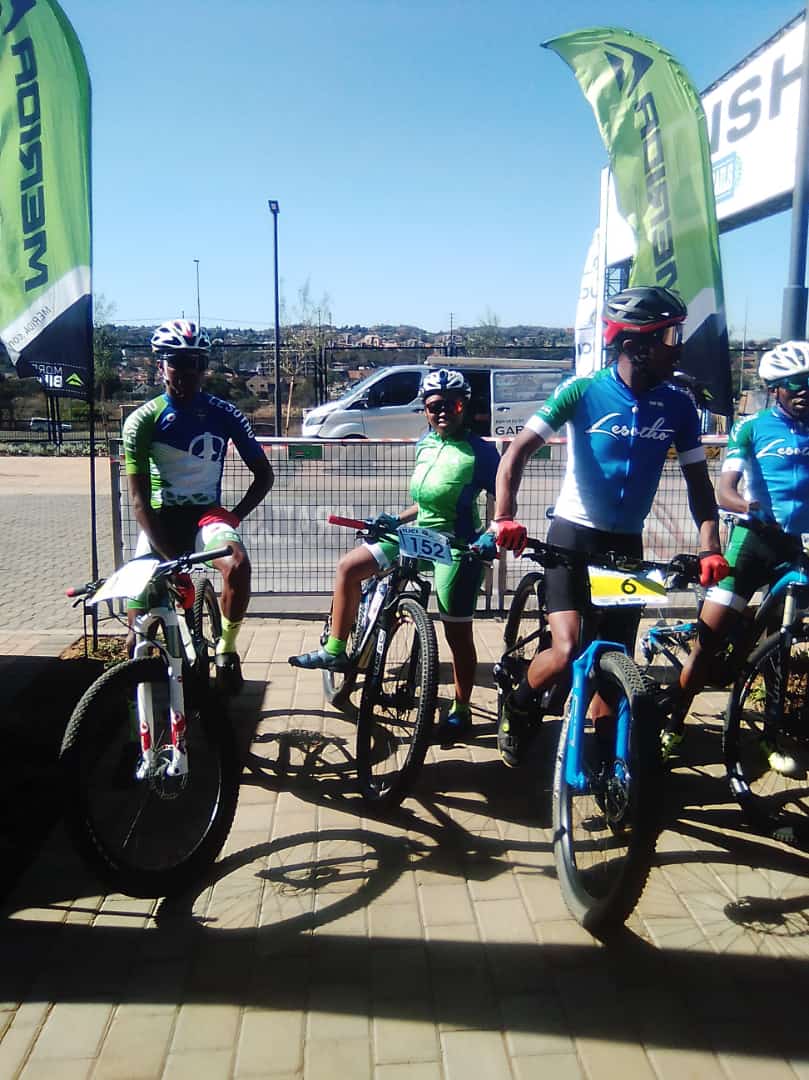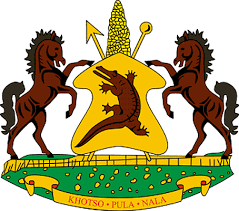`
KINGDOM OF LESOTHO
MINISTRY OF AGRICULTURE AND FOOD SECURITY
LESOTHO SMALLHOLDER AGRICULTURE DEVELOPMENT PROJECT II
REQUEST FOR EXPRESSION OF INTEREST
INDIVIDUAL CONSULTANT: DAM SAFETY SPECIALIST
LOAN NO: P165228
CREDIT NO: IDA -64220 -LS
ASSIGNMENT TITLE: ENGAGEMENT OF DAM SAFETY SPECIALIST
REFERENCE NO: LS-MAFS-391903-CS-INDV.
DURATION: 6 Weeks
DUTY STATION: PMU MASERU AND VARIOUS LOCATIONS WHERE IRRIGATION SCHEMES ARE LOCATED
1. Background
The Government of Lesotho, together with its development partners, the World Bank and IFAD are implementing the Smallholder Agricultural Development Programme II, under the Ministry of Agriculture and Food Security and Nutrition (MAFSN). SADP II is a national programme, covering all the ten districts of the Kingdom of Lesotho. The project development objective is to support the increased adoption of climate-smart agricultural technologies in Lesotho’s agriculture, enhanced commercialization, and improved dietary diversity among targeted beneficiaries. The project’s priorities for action within these areas include: (i) improved technology and infrastructure (including irrigation and climate smart agriculture); (ii) increased production of high value crop and livestock products; (iii) the development of institutional frameworks for producer and industry organizations; (iv) building the capacity of farmers to benefit from these institutions; and (v) the development of value chains and agricultural markets, in line with The National Strategic Development Plan (NSDP II), which is aimed at, pursuing inclusive, sustainable growth and private sector-led employment creation.
Component 1. Promoting Climate Smart Agricultural Practices and Advisory Services. This component aims at strengthening the adaptive capacity of smallholder farmers to adjust and modify their production systems to minimize the potential future impacts from climate variability. The overall goal is to enhance climate resilience through solutions that improve soil health, increase water use efficiency, and increase farm productivity and crop diversification. The component focuses on: (i) scaling-up the adoption of climate-smart agriculture technologies by farmers and enhancing farm management practices aimed at improving soil health, water-use efficiency, crop diversification, and farm productivity; (ii) rehabilitation and modernization of irrigation infrastructure to promote more efficient use of surface water accompanied with more sustainable use of groundwater, leading to improved access and availability of water at the farm level; and (iii) improving access to climate and market advisory services through ICT, thereby strengthening farmers’ adaptation and resilience. The proposed project activities that will be funded by the proposed project will involve the following sub-components:
Component 2. Improving Agricultural Commercialization and Nutrition. This component will build on Component 1 by addressing financial constraints in the agricultural sector so that the training and advisory services provided under Component 1 is complemented with much-needed financing to help the farming community undertake productive and profitable investments. The component focuses on the development of selected high potential value chains (VCs) by strengthening backward and forward linkages within the VCs that would result in the integration of a greater number of smallholder producers that dominate Lesotho’s rural landscape in these potentially remunerative VCs, incentivize contract farming, strengthen vertical alliances by building trusted commercial partnerships between farmers and private agri-businesses and drive enterprise operations towards more lucrative domestic and export markets. Activities under the component are expected to result in the positive outcomes of job creation, improved beneficiary incomes, better nutritional outcomes and increased economic opportunities for women and youth in the rural sector. The proposed project activities that will be funded by the proposed project will involve the following sub-components:
Sub-component 2.1 Support for Horizontal Alliances
Sub-component 2.2 Support for Vertical Alliances and Commercialization
Sub-component 2.2 (a) Matching Grants for Agri-Enterprises
Sub-component 2.2 (b) Matching Grants for Improving Smallholder Productivity
Sub-component 2.3 Improved Nutrition
Sub-component 2.3 (a) Advocacy campaign on nutritious diets
Sub-component 2.3 (b) Community-based dietary knowledge
Sub-component 2.3 (c) Investment Support for Nutrition-Sensitive Food Supply Chains
Component 3. Project Management, Coordination and Monitoring and Evaluation. Current Stallholder Agriculture Development (SADP) project management unit (PMU) under the Ministry Agriculture and Food Security (MAFS) will be the main implementing agency. It will be responsible for: implementation and coordination, financial management and procurement, communication, visibility and awareness programs, environmental management and safeguards, and monitoring and evaluation. This component will also be responsible for the design, implementation, analysis and reporting of the baseline and project completion surveys.
Component 4. Contingency Emergency Response Component (CERC). A CERC with zero allocation to partially cover emergency response via implementation of key activities by the appropriate agencies to respond to the emergency. The CERC could also be used to channel additional funds should they become available because of an eligible emergency
Under Sub-Component 1.3, Rehabilitation and Modernization of Irrigation infrastructure, the project is seeking to recruit a consultant to conduct a dam safety assessment 1 reservoir, and provide recommendations for structural and non-structural remedial measures for operation and maintenance. Under this sub-component, several selected irrigation schemes will be rehabilitated and among these selected schemes, the Thaba Phatsoa irrigation scheme intakes water from an existing reservoir.
1.1.Thaba Phat’soa Irrigation Scheme.
Thaba Phatsoa irrigation scheme is 25km from Hlotse town and is accessed by travelling 18km along the A25 highway and turning right into a dirty road to Thaba Phatsoa. The scheme is 3.5km after crossing Tsuinyane river.
The Thaba Phat’soa dam (Also known as the Lionel Collet dam) was completed in 1963. The dam stores water from the Tsuinyane River. The construction of the dam was funded with assistance from the British government. Early activities at Thaba Phatsoa were carried out by the then Conservation Division of the Department of Agriculture). Irrigation was begun on a small scale in about 1963 by the Conservation Division, with the intention of demonstrating the benefits of the process.
Due to upheavals and challenges experienced during the period around independence, activities in the scheme had to restart in 1967/68, financed jointly by the British Government and the Government of Lesotho. British financial assistance ceased in 1977 and in the latter years of the 70’s, the Taiwanese government took-over the project. Taiwanese intervention also came to and end in 1983. In 1984, the People’s Republic of China took-over the scheme operations until 1990. In 1991, with the assistance of the Ministry of Agriculture and the extension support, the project was allocated to self-organised individuals.
The Thaba Phat’soa dam is an earth structure, recorded to have a dam wall height of 18m and a reservoir of 1, 520 M m3 at construction. The dam is currently under the control of the community. According to an informant from the Ministry of Forestry and Land Reclamation, Soil Conservation division , dams a handed over to communities at completion and thus, the Thaba Phat’soa dam under the stewardship of the local authorities in the area. There has not been any maintenance work carried o
Thaba Phatsoa Irrigation Scheme is a gravity scheme drawing water from Thaba Phatsoa dam. The available arable land is more than 75 ha. Three phases have been interrogated where in the capacity of the dam is the critical determinant. Phase 1 consists of developing the scheme to the Ramapepe road Block A (30 ha). Phase 2 extends the irrigation infrastructure to the lands across the stream, Block B (15ha). Phase 3 will cover the rest of the area, Block C which is 30 ha. The first phase of the scheme will be developed under SADP II while the remaining phases will require additional funding, source of which at this stage has not been determined.
Poor agricultural practices also lead to massive erosion and land degradation. These practises lead to soil erosion that ultimately finds its way into the dam as silt. It is therefore a fact that over the years, the dam yield levels have significantly reduced from the design levels and more intensive water management practices need to be practiced in the catchment area if the dam is to continue providing water for irrigation. Already signs of siltation are can be seen through bulrush growth on edges of the dam and at the spillway. Aside from siltation, no significant damage has been observed on the dam and its apertures.
The development of the irrigation scheme will involve the following activities;
I.Desilting spillway of the existing Thaba-Phat’soa Dam: – 1500m3 of silt material to be removed from dam’s spillway to increase dam capacity as well as removal of Vegetation and Aquatic Weeds from the inside banks of the embankments and from the inner floor reaches close to the embankment
II. Construction of delivery pipeline from the Thaba-Phat’soa dam wall to night storage dam located 400m to the western side of the Thaba-Phat’soa Health Centre.
III. Desilting of Night Storage dam: – 5000m3 of earth shall be dug to desilt an existing Night storage dam, which will store water pumped from the dam to store prior to transferring to reservoir.
IV. Construction of a Pump Station – A pump station will be located below the Night Storage Dam. The pump house for the pump station will be constructed adjacent to a pick-up sump which will be constructed downstream side to the dam; this is to ensure minimum suction head.
V. Construction of a storage reservoir for irrigation water: – A 500m3 reservoir will be constructed atop an adjacent plateau. Water from the tank will gravitate to the irrigation scheme.
VI. Construction of Irrigation Network- A sprinkler system will be utilised for the scheme to irrigate a total area of 30 Ha.
VII. Construction of Toilets: – Three double compartment VIP toilets will be constructed for the use of farmers during the operational phase of the irrigation scheme.
Thaba Phat’soa irrigation scheme, relies on the performance of an existing dam operation of a dam. O.P 4.37 requires that the borrower arrange for one or more independent dam specialists to (a) inspect and evaluate the safety status of the existing dam or DUC, its appurtenances, and its performance history; (b) review and evaluate the owner’s operation and maintenance procedures, and (c) provide a written report of findings and recommendations for any remedial work or safety-related measures necessary to upgrade the existing dam
2.OBJECTIVE OF THE ASSIGNMENT
The objectives of this assignment are to,’
a)To assess the safety condition of the Thaba Phat’soa dam and its associated structures it’s operational status, in accordance with national standards and international guidelines and practices.
b)To assess the overall risk of the dam and any required works or safety related measures necessary to upgrade the dam to an acceptable standard of safety considering the potential risk of the dam and urgency of interventions.
c)To prepare a safety assessment report including any safety issues, potential risks, recommendations of remedial works and safety improvement measures.
•Structural elements along with their conceptual design and preliminary cost estimate for further operation and maintenance.
•Provide recommendations for remedial works if necessary.
3.Scope of the Assignment
To comply with Dam Safety requirements as per O.P 4.37 the project will recruit an individual consultant to
a) Inspect and evaluate the safety status of the existing Thaba Phat’soa dam and appurtenances and its performance history.
b) Meet with the representatives and technical staff of the dam owner or operator to discuss the safety condition and the operation and maintenance (O&M) status.
c) Asses the potential risks and hazards due to the potential failure of the dam to local communities and asses, including assets to be financed as part of the project (irrigation infrastructure).
d) Provide a written report of findings and recommendations for any remedial work of safety-related measures necessary to upgrade the existing dam to and acceptable standard of safety
e) Undertake stakeholder consultation workshops including Probable Failure Mode Analysis and training sessions.
f) Prepare dam safety plans, including operation & maintenance plan and emergency preparedness plan including their respective budgets.
3.1.1. The main tasks of the consultant are the following, but not limited to:
Site Visits, Data Collection and Safety Checking
•Meeting with representatives of the identified dam owners to discuss safety condition of the dam and operation and maintenance procedures;
•Conducting detailed field and condition inspections of the dam and associated structures, such as spillway, inlet/outlet structures and gates/valves, control / monitoring instruments, etc.
•Carry out all necessary site investigation and testing (including geotechnical and structural testing) as required to inform the detailed analysis.
•Using a standard check list to check the safety level of the dam and associated structures along with the level of urgency and priority for remedial works;
•Reviewing the design reports, drawings, construction supervision reports, as well as dam safety audit reports and post-event inspection reports (if any);
•Reviewing the data and records of the monitoring instruments from the beginning of the operation to date, and checking trends and anomalies (if any);
•Reviewing the design and condition of monitoring instruments and quality of data collection, storage, and analysis;
•Reviewing the O&M Manual, organizational structure, staff capacity, and training needs;
•Undertake an assessment of the downstream hazards, such as industrial/commercial/agriculture areas, approximate number of communities and houses, infrastructures, roads, etc.) that can be flooded by potential failure of the dam.
3.2.Detailed Dam Safety and Risk Assessment Analyses and Evaluation
•Performing engineering analyses (geotechnical, structural or hydraulic) to assess the safety conditions of the dam and associated structures
•Undertaking stability analysis of the dam and associated structures, including factors of safety for normal, unusual and extreme loading conditions, and using internationally acceptable method
•Assessing the seismic hazard of the dam located area and adequacy of loading criteria/ conditions used for design of the dam. This should include but not be limited to the characterization of site-specific ground motions and determination of the limiting failure modes and the associated probability of exceedance, including foundations. As a minimum, non-linear dynamic and soil/structure interaction analyses for the existing intake/outlet structures should be completed;
•Assessing the upstream catchment and reservoir rim conditions in regard to formation of landslide and handling of floods and waving factors caused by such events
•Checking the seepage condition and analysis of the dam body, foundation and abutments to check the effectiveness of foundation treatment and seepage control measures;
•Checking the flood hydrology and design flood (100 years, 200 years, 1,000 years, etc.), reservoir routing and spillway sizing, considering the present conditions of the catchment and reservoir silting with reference to the MAF and international standards;
•Checking the hydraulic design and condition of the spillway, including gates and electrical / mechanical parts, as well as energy dissipating arrangements and downstream conditions;
•Checking the design and conditions of the intake and outlet works, including the capacity for emergency reservoir drawdown, sediment handling capability, selective thermal releases, regulation range and other factors, etc.;
•Reviewing the catchment conditions, silting level of the dam reservoir, sediment deposit volume, and condition of sediment flushing facility (if any)
•Assess the remaining service life and performance levels of the existing structures in accordance with internationally accepted methods.
3.3.Preparation of Dam Safety Inspection and Risk Assessment Report
The Consultant shall prepare a comprehensive Dam Safety Inspection and Risk Assessment Report, summarizing its findings and recommendations on dam safety and risk assessment along with urgency and priority levels. At a minimum, the report should include;
•Recommendations for required remedial measures for ensuring the safety and resilience of the dam and associated structures along with priority levels (immediate, mid-term, and long-term).
•Recommendations for additional field survey, investigation, testing, etc. for detailed risk assessment, if any;
•Recommending on the upgrading needs for the Operation & Maintenance (O&M) Plan and Emergency Preparedness Plan, and if not available, provide the framework of those plans along with useful samples and formats.
•Recommending a suitable set of sedimentation management measures including catchment management, check dams, hydraulic suction/dredging, sediment flushing/sluicing measures, etc. if required;
•Recommending an assessment of potential environmental and social impacts related to the findings of the report and the proposed upgrading/ remediation measures
3.4.Stakeholder Workshops for Discussing Findings and Recommendations
• The consultant should discuss their findings and recommendations for the Thaba Phatsoa dam based on its safety inspections and assessment at a workshop inviting key stakeholders including, Water Affairs, Ministry of Forestry and Land Reclamation, Ministry of Agriculture and Nutrition, Crops section and any other stakeholders the consultant may deem relevant. The consultant should also highlight critical design issues and recommend a set of suitable design criteria along with remedial measures based on the review of the dams design and technical discussions.
Deliverables
A dam safety report
Consultant Qualifications
SCOPE
Eligible Applicants: Individual consultants with the relevant qualifications
Technical and Scientific Scoping:
Location of Assignment: Lesotho, Leribe, Thaba Phat’soa Irrigation scheme
4.Qualifications
I.A degree in civil engineering or related field of expertise, preferably with additional training in geotechnical and hydraulic engineering; and who has undertaken a similar assignment elsewhere preferably in the Southern African Region.
II.Proven capacity of dam safety inspection and review;
III.Familiarity with internationally accepted dam safety guidelines, such as the International Commission on Large Dams (ICOLD) and so on; and
IV. Ability to sift through a large amount of data, draw conclusions, and write clear and concise reports.
Reporting
The consultant will prepare a report which will include details regarding all activities carried out as well as reviewed documentation and meetings held during the mission in country. The report will include
(i) A description of the assessments conducted, and the methodology and protocols used;
(ii) The conclusions as well as the recommendations of the core experts;
(iii) Recommendations for any remedial work or safety related measures necessary to upgrade the existing dam to an acceptable standard of safety. Annexes will include
i)the interim dam safety plans, i.e. Operation & Maintenance Plan, and Emergency Preparedness Plan,
ii) the results of stakeholder consultation workshops, PFMA, and training sessions; and
iii) detailed results of dam safety inspection and risk assessment including pictures, drawings, diagrams, etc
Dam Safety Inspection and Assessment Report: Summarizing the expert’s findings and recommendations on dam safety, along with urgency and priority levels based on the aforementioned tasks with all supporting documentation.
I. Structural analysis report
The draft dam safety inspection and risk assessment report will be submitted to the Project Management Unit and the World Bank no later than 15 days after the end of the mission. Comments will be made on the draft report within one month of the date of submittal. A revised version of the report will be prepared by the consultant team to address comments. The final report will be submitted no later than 15 days after comments have been officially addressed to the core consultant team. The project will then hand over report to responsible Department of Crops, Irrigation section and all stakeholders
The annexes of the reports including stakeholder workshops, PFMA, dam safety plans, training session summary, etc. can be sent later within one month after mission ending in country.
Duration and Deliverables
•Mobilization for this assignment is expected within two weeks after contract signature
•The SADP E&S and Irrigation Specialist will assist in organising the consultant’s mission and arranging the assessment and consultation at the Thaba Phat’soa Dam
•The SADP E&S Specialist will ensure that all stakeholders at local level are mobilized.
•The consultant will undertake the assignment in 2 mission i) dam safety inspection of the Thaba Phat’soa Dam ii) reporting of inspection/risk assessment results and recommendations on remedial measures and are also estimated to take 2 weeks.
Deliverables
Deliverables
| Deliverables | Time Schedule (from commencement of the assignment) | |
| Inception Report | 1 weeks | |
| Draft Safety and Risk Assessment Report | 3 weeks | |
| Final Dam Safety and Risk Assessment Report | 2 weeks | |
The attention of interested Consultants is drawn to Section III paragraph 3.14 to 3.17 of THE WORLD BANK’S Procurement Regulations for IPF Borrowers, PROCUREMENT IN INVESTMENT PROJECT FINANCING Goods, Works, Non-Consulting and Consulting Services, Fourth Edition, November 2020, setting forth the World Bank’s policy on conflict of interest. A consultant will be selected in accordance with the selection of Individual Consultants Method set out in the Procurement Regulations.
SUBMISSION
Late submissions will not be accepted.
Expressions of interest accompanied by a detailed delivered in written form to the address below by email by 12:00hrs local time on the 30th November 2023 clearly marked ‘’ Expression of Interest for the consultancy to engage Dam Safety Specialist”
To: Project Director SADP
Ministry of Agriculture and Food Security
Department of Livestock Services -Moshoeshoe 11
P.O. Box 24
Maseru 100 Lesotho.
Email: jobs@sadpii.org.ls copied to procurement@sadpii.org.ls
.

Your Trusted Source for News and Insights in Lesotho!
At Newsday Media, we are passionate about delivering accurate, timely, and engaging news and multimedia content to our diverse audience. Founded with the vision of revolutionizing the media landscape in Lesotho, we have grown into a leading hybrid media company that blends traditional journalism with innovative digital platforms.









